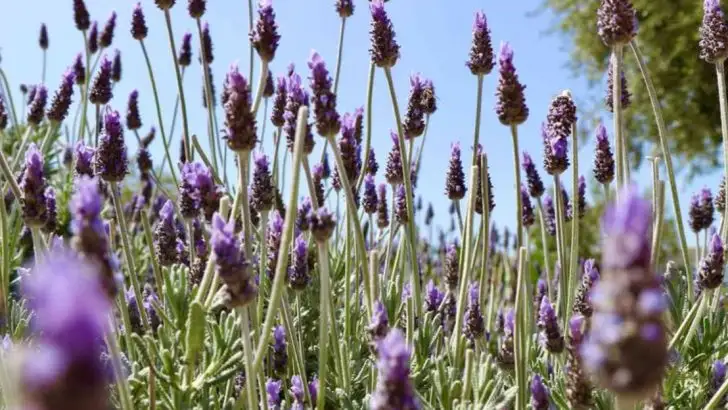Few plants capture the senses like lavender — with its calming scent, elegant blooms, and rich history, it’s no wonder this herb remains a beloved favorite in gardens around the world. But there’s more to lavender than meets the eye (or nose).
In this article, we reveal 16 surprising facts about lavender that help explain its lasting popularity. From its medicinal uses and pollinator appeal to its role in ancient rituals and modern gardens, lavender proves to be as fascinating as it is fragrant.
Discover what makes this timeless plant so special — and why gardeners keep coming back to it year after year.
Lavender’s Soothing Scent
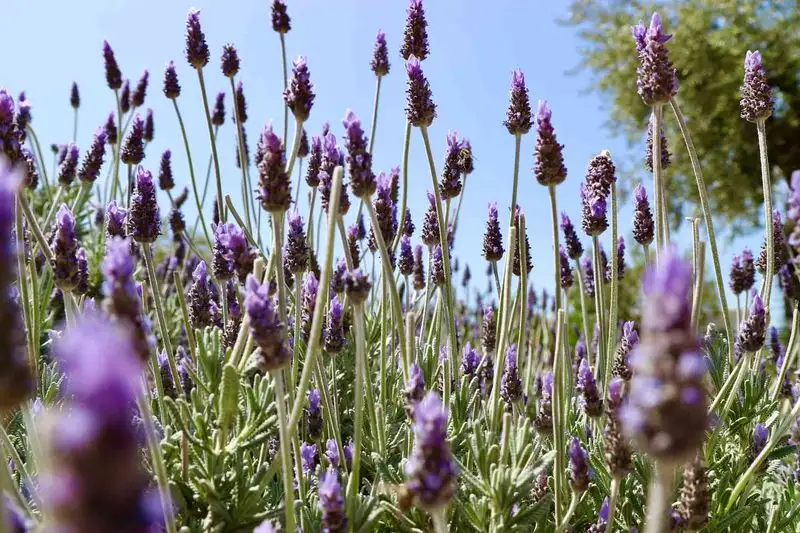
Lavender’s fragrance is not just about its pleasant smell. Its calming aroma has been used for centuries to alleviate anxiety and promote relaxation. This gentle scent is often incorporated into essential oils, candles, and bath products to create serene environments. Many swear by lavender’s ability to improve sleep quality. Placing a sachet under your pillow might just be the secret to a good night’s rest. Studies even suggest lavender’s scent can reduce stress levels. It’s no wonder lavender remains a beloved choice for those seeking tranquility in their daily routines.
Historical Significance
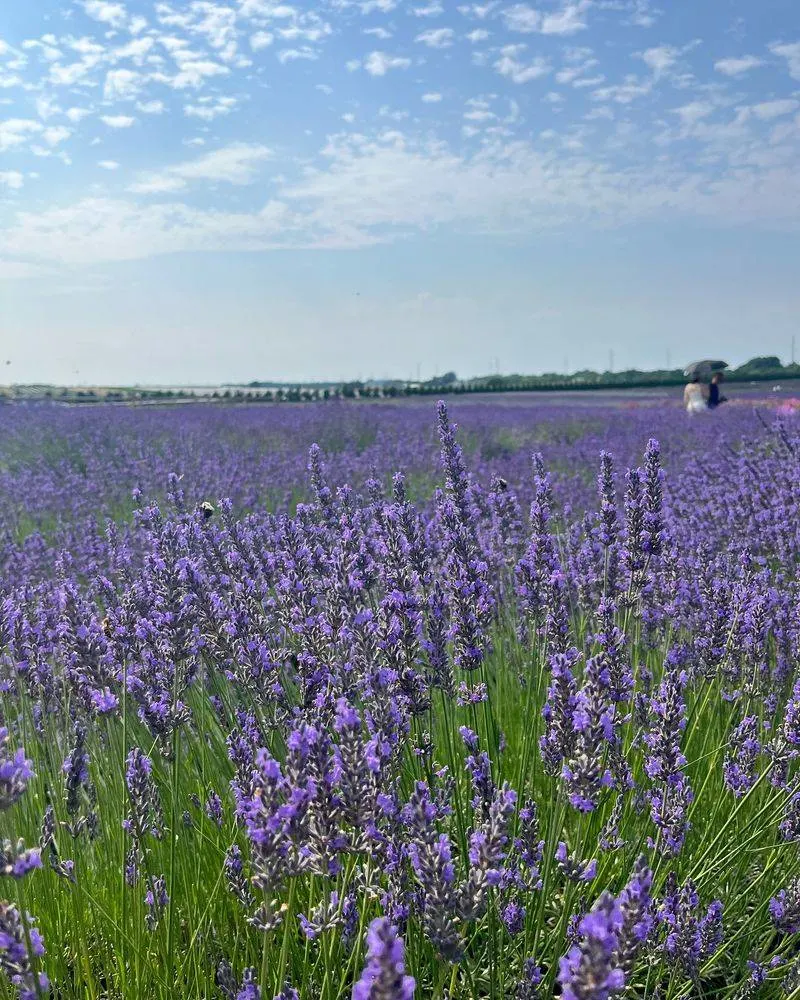
Lavender’s history stretches back to the Roman era, where it was prized for its antiseptic and healing properties. Romans used it in their baths, believing it purified the body and mind. In medieval times, it found its place in the homes as a strewing herb to ward off evil spirits. Over the centuries, lavender has maintained its reputation as a versatile and treasured plant. Its historical uses provide insight into its longstanding appeal. Lavender’s legacy in various cultures underscores its enduring charm and timelessness.
Culinary Uses
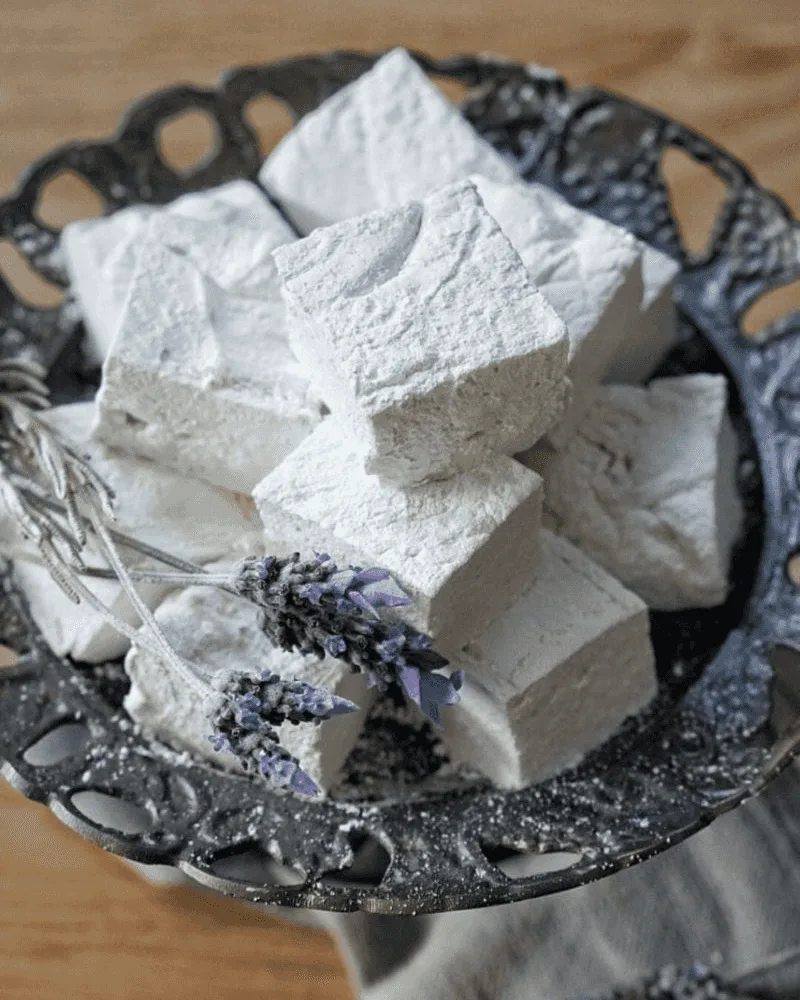
Lavender’s culinary potential extends beyond its aromatic qualities. With its delicate flavor, it has become a popular addition to both sweet and savory dishes. Chefs utilize lavender in everything from baked goods to spice rubs for meats. Lavender-infused honey, in particular, offers a unique twist to desserts and breakfast treats. Its subtle floral notes can elevate any dish to gourmet status. Culinary enthusiasts are increasingly exploring lavender’s potential in the kitchen, and its versatility ensures it remains a trendy ingredient.
Medicinal Properties
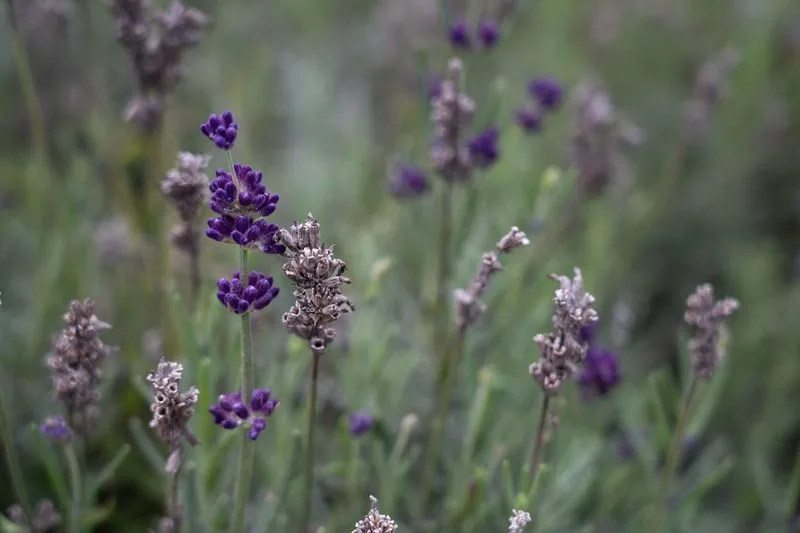
Lavender is more than just a pretty plant; it boasts a range of medicinal benefits. Known for its antiseptic and anti-inflammatory properties, lavender oil is often used to treat minor burns and bug bites. Some studies suggest it can aid in headache relief and digestion. Its calming effects make it a favorite in aromatherapy practices, promoting holistic wellness. A staple in traditional medicine cabinets, lavender’s therapeutic potential continues to be explored by modern science. It’s a natural remedy that’s both effective and accessible.
Lavender in Aromatherapy
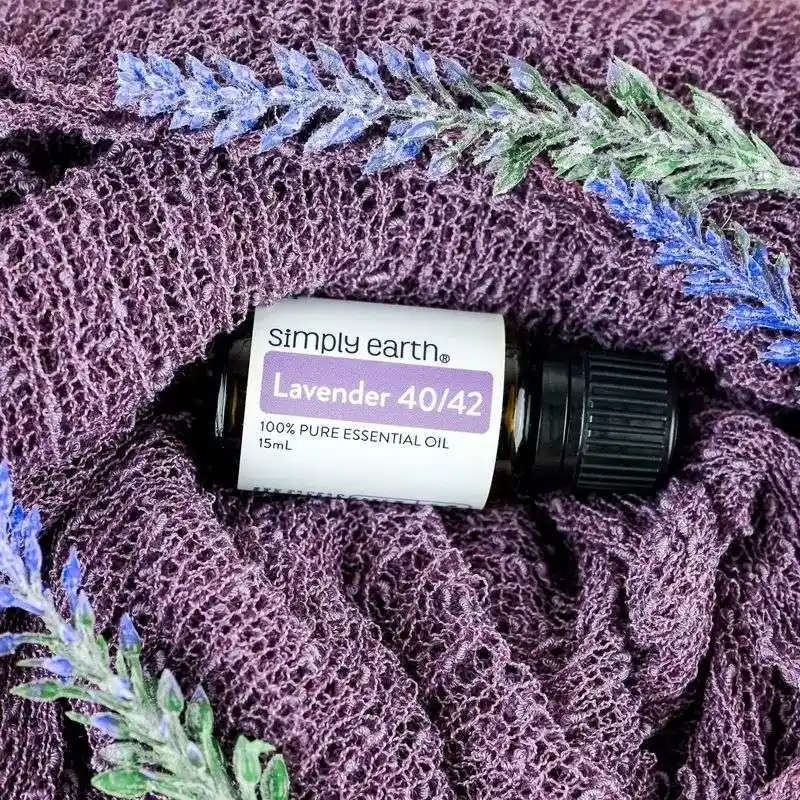
Lavender holds a prominent place in the world of aromatherapy. Its essential oil is cherished for its calming and relaxing effects on the mind and body. Often used in massages and diffusers, lavender oil helps create a peaceful atmosphere. Practitioners of aromatherapy rely on lavender to reduce anxiety and improve emotional well-being. Its versatile nature means it blends well with other oils, enhancing its therapeutic benefits. Whether in a spa or at home, lavender is a cornerstone of holistic healing practices.
Gardening with Lavender
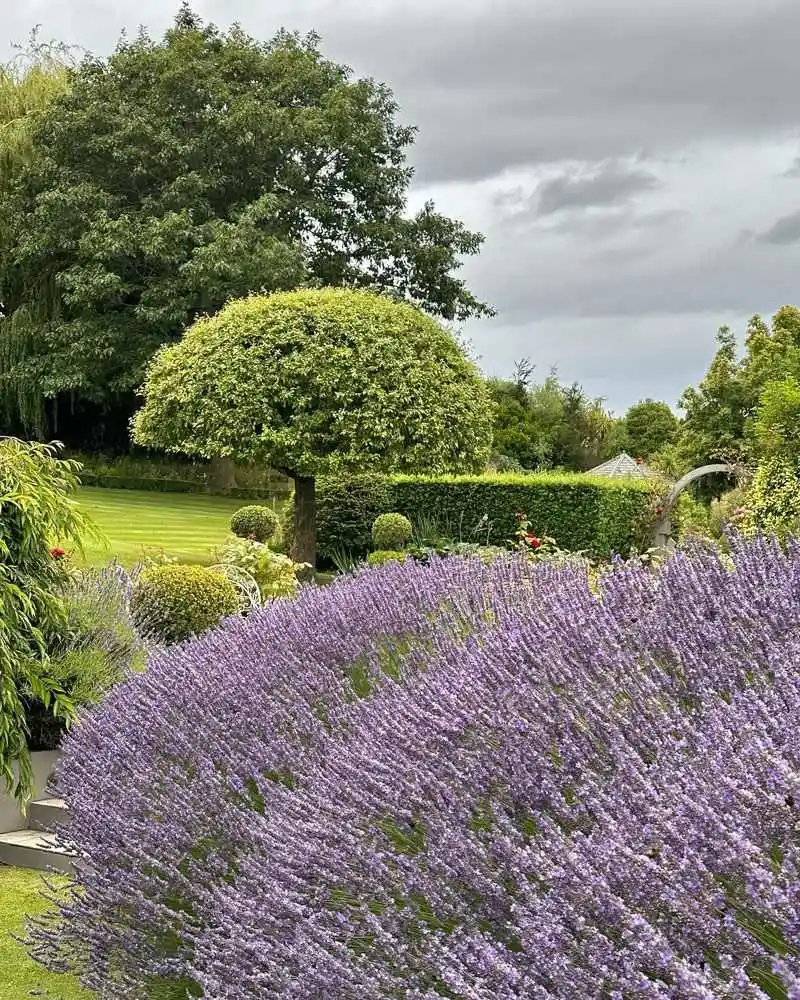
Cultivating lavender is a rewarding experience for gardeners. Its hardy nature makes it easy to grow in various climates. Lavender plants attract pollinators like bees and butterflies, enhancing garden biodiversity. Their vibrant purple hue adds aesthetic appeal to any landscape. Plus, lavender’s natural pest-repellent properties make it a great companion plant. Whether in a pot or a garden bed, lavender thrives with minimal care. Its low maintenance requirements make it a favorite among both novice and experienced gardeners alike.
Lavender’s Versatility in Crafts
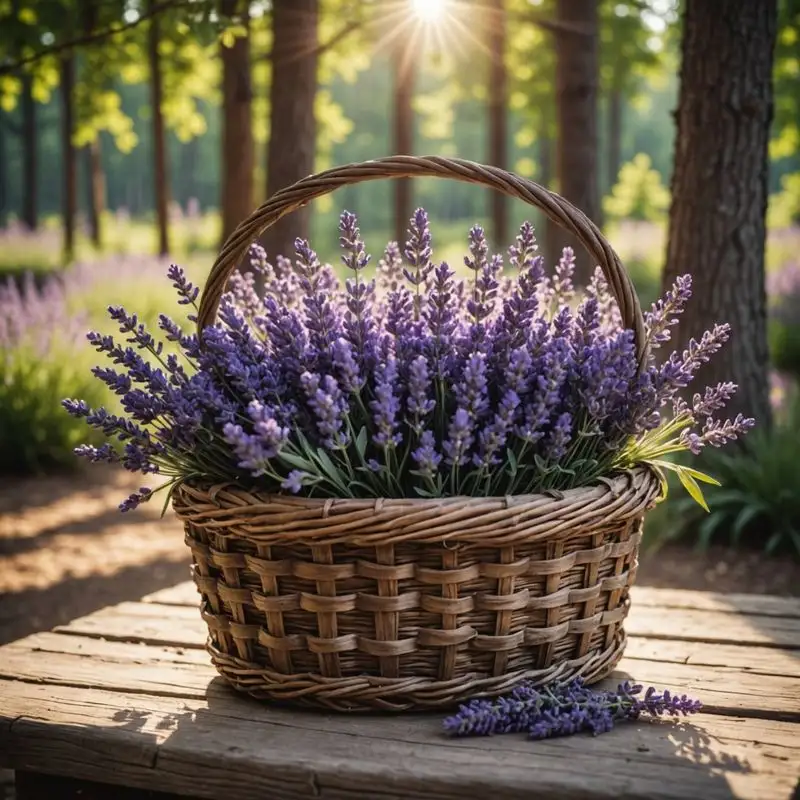
The crafting world has embraced lavender for its aesthetic and aromatic qualities. Artisans frequently incorporate it into handmade candles, soaps, and potpourri. Its dried flowers provide a rustic touch to DIY projects. Lavender’s versatility allows for endless creativity, from simple sachets to elaborate wreaths. Crafting with lavender not only results in beautiful creations but also infuses homes with its calming scent. The plant’s adaptability in crafting projects ensures it remains a beloved choice for hobbyists and professionals alike.
Cultural Symbolism

Lavender carries rich cultural symbolism, particularly in regions like Provence, France. It represents purity, calmness, and grace across various cultures. Historically, it has been associated with devotion and love, often used in wedding ceremonies. Its symbolism extends to its use in literature and art, where it evokes tranquility and elegance. The cultural significance of lavender enhances its allure, making it more than just a plant. Understanding its symbolic meanings deepens our appreciation for this beloved herb.
Lavender in Skincare
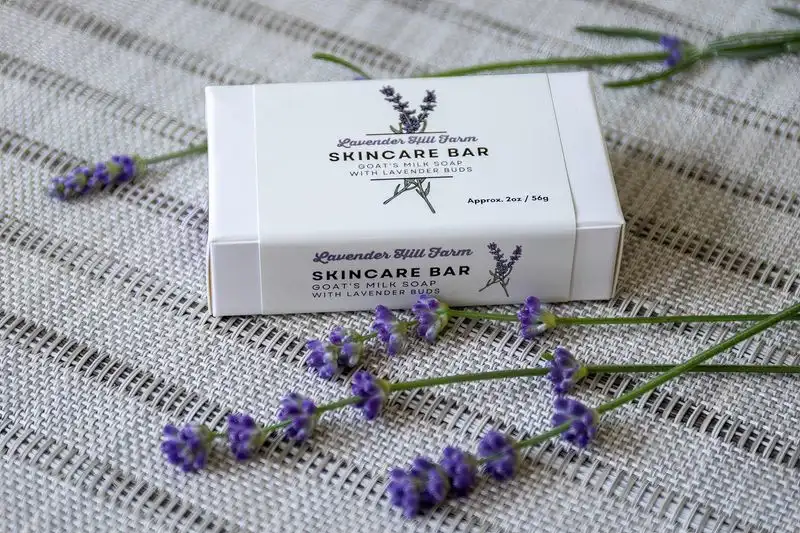
The skincare industry has long harnessed lavender for its soothing properties. Known for its ability to calm irritated skin, it’s a popular ingredient in lotions and balms. Lavender oil is praised for its antimicrobial effects, making it ideal for acne-prone skin. Its anti-inflammatory properties can reduce redness and promote a healthy complexion. Beyond its therapeutic benefits, lavender adds a gentle fragrance to skincare routines. This harmonious blend of function and aroma ensures lavender remains a staple in beauty products worldwide.
Lavender’s Role in Sleep Improvement
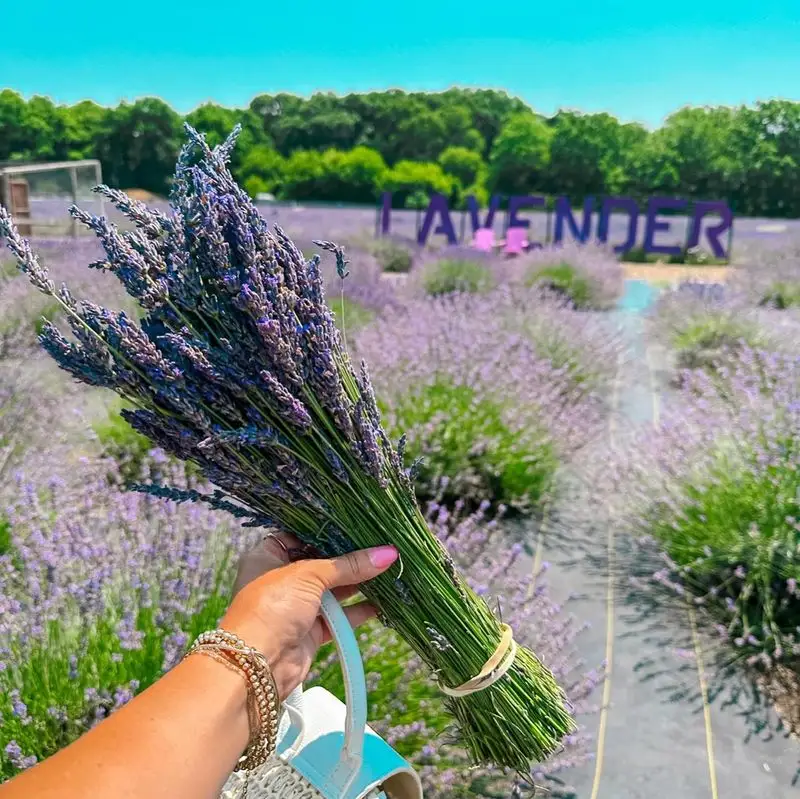
Lavender has earned a reputation as a natural sleep aid. Its calming aroma can ease the mind and prepare the body for rest. Many people incorporate lavender into their bedtime routine, whether through essential oils, pillow sprays, or herbal teas. Research suggests that lavender may improve sleep quality and duration, making it a favorite among those struggling with insomnia. The soothing scent of lavender can transform a bedroom into a sanctuary of tranquility. Its role in promoting restful sleep is a testament to its enduring popularity.
Lavender’s Environmental Benefits
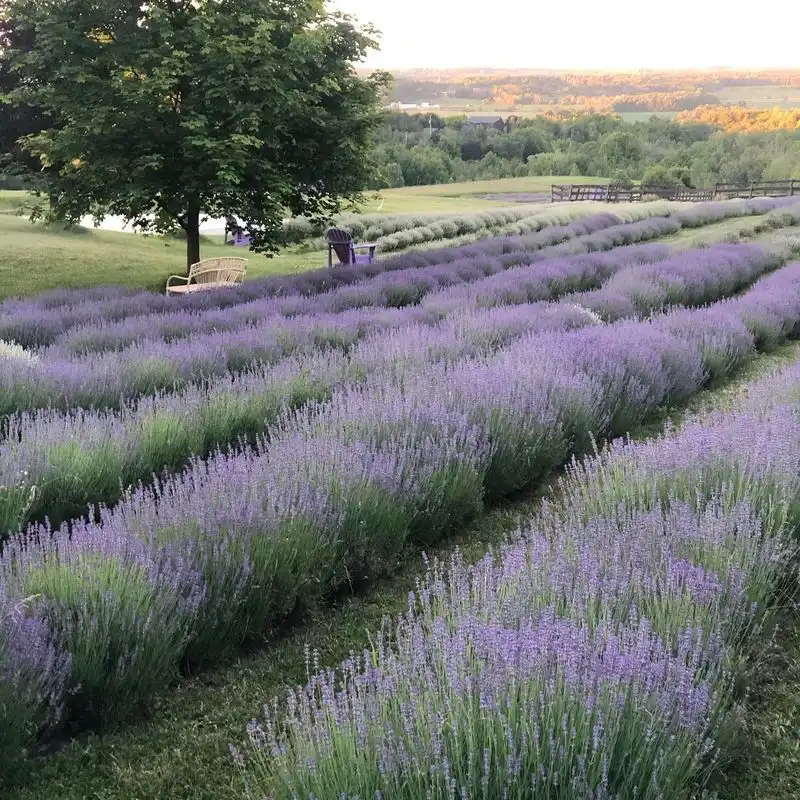
Lavender offers notable environmental benefits, particularly in promoting biodiversity. Its vibrant flowers attract pollinators such as bees and butterflies, crucial for ecosystem health. Additionally, lavender’s drought-resistant nature makes it an environmentally friendly plant choice. It requires less water and maintenance, reducing environmental strain. Beyond its aesthetic appeal, lavender contributes positively to the environment by supporting wildlife. Its role in sustainable gardening and conservation efforts highlights its ecological importance and enhances its appeal to environmentally conscious individuals.
Lavender Festivals
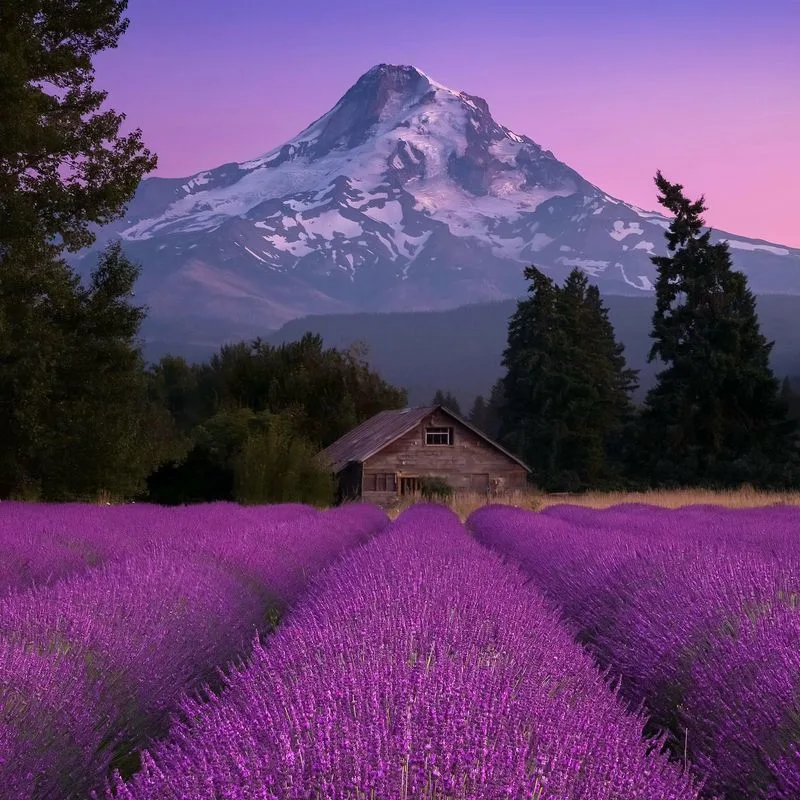
Lavender festivals are popular events celebrating the beauty and versatility of this beloved herb. These festivals feature everything from lavender-infused foods to artisanal crafts. Visitors can enjoy fields of blooming lavender, participate in workshops, and purchase unique lavender products. Often held in picturesque countryside settings, these festivals attract lavender enthusiasts and curious travelers alike. They provide a sensory feast, enveloping attendees in the sights and scents of lavender. These celebrations highlight the plant’s cultural and economic significance, reinforcing its popularity worldwide.
Lavender’s Role in Perfume Making
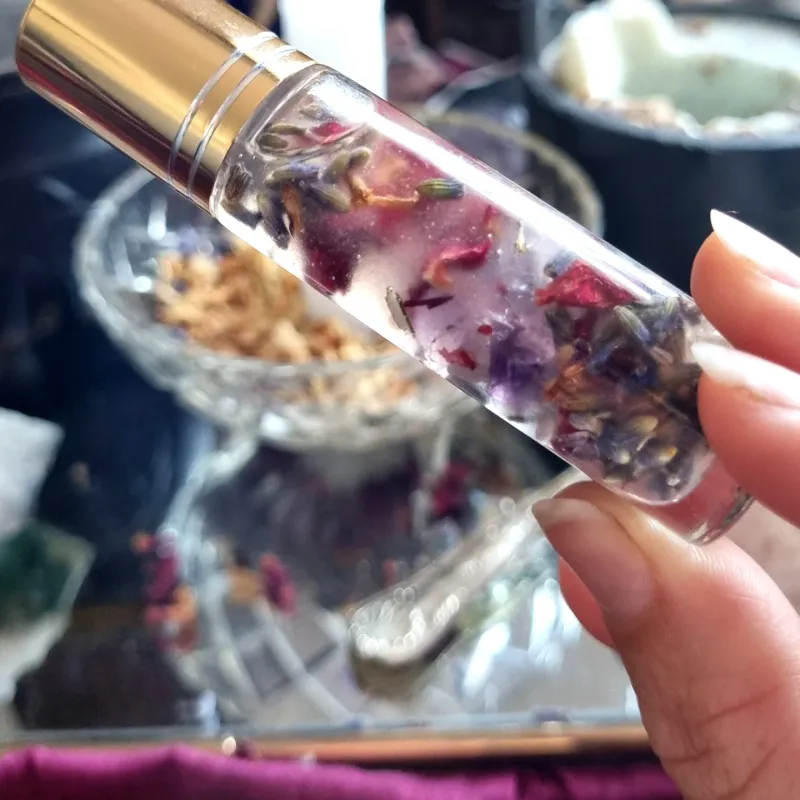
In the perfume industry, lavender holds a cherished position. Its distinct floral aroma serves as a base note in many fragrances, providing a fresh yet sophisticated scent. Lavender’s versatility allows it to blend well with other notes, enhancing the complexity of perfumes. Perfume makers value its ability to evoke a sense of calm and elegance. The timeless appeal of lavender ensures it remains a staple in both classic and contemporary fragrances. Its role in perfumery underscores its enduring allure and widespread popularity.
The Science of Lavender’s Aroma
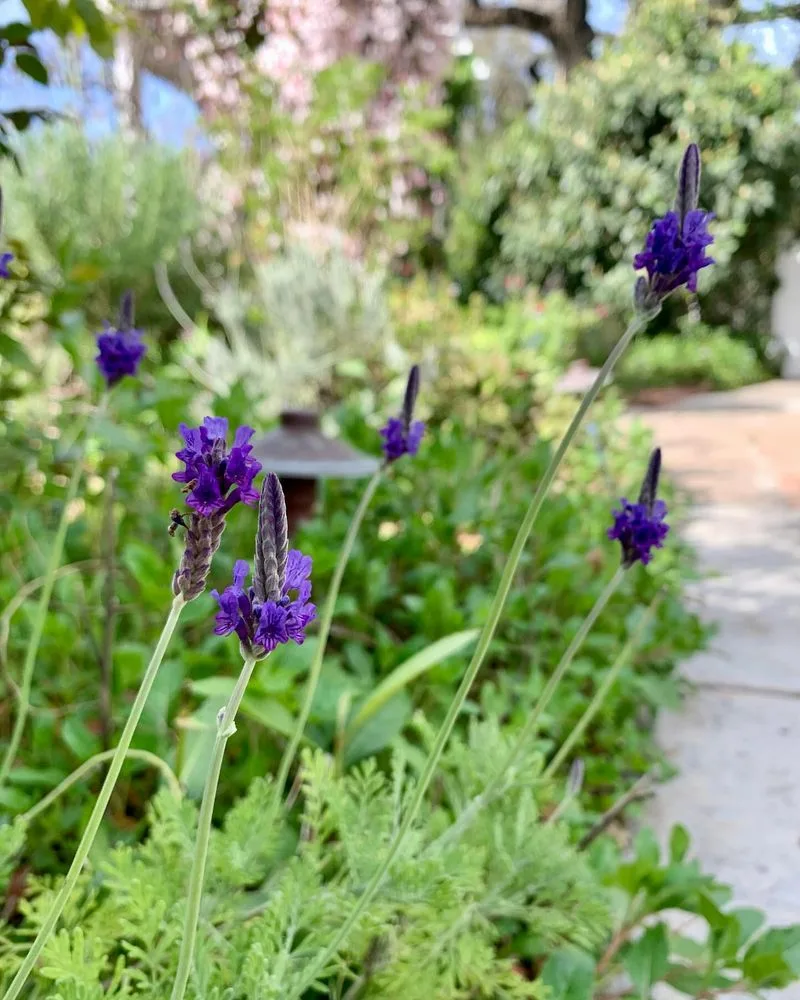
The science behind lavender’s aroma is fascinating. One of its primary components, linalool, contributes to its distinctive scent and calming effects. This compound is also responsible for lavender’s therapeutic properties. Studies on linalool reveal its potential in reducing stress and anxiety. The chemistry of lavender’s aroma plays a significant role in its applications in aromatherapy and perfumery. Understanding the science behind lavender helps us appreciate why it’s so effective in promoting relaxation. The interplay of its aromatic compounds enhances its multifaceted uses.
Lavender’s Adaptability in Different Climates
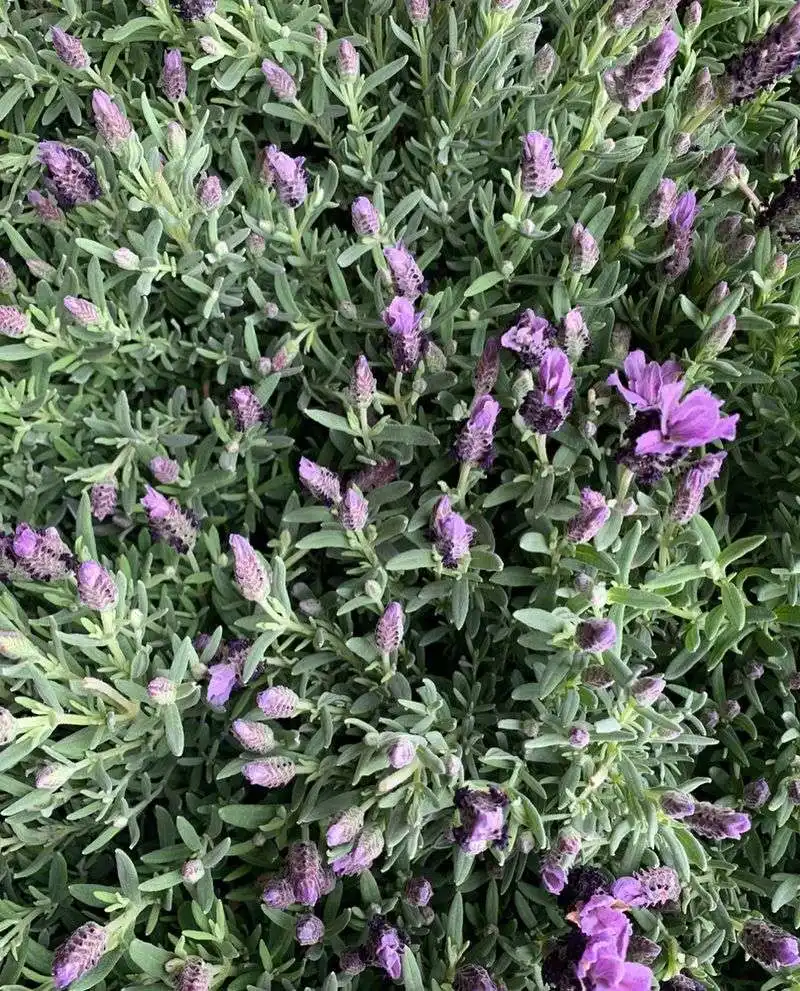
Lavender’s adaptability is one of its many charms. This resilient plant thrives in a variety of climates, from sunny Mediterranean regions to cooler areas with well-drained soil. Its ability to flourish under diverse conditions makes it a favorite among gardeners worldwide. Lavender’s adaptability extends to its uses, seamlessly fitting into different cultural contexts. Whether used in cooking, medicine, or aesthetics, lavender’s flexibility ensures its continued popularity. Its robust nature and versatile applications make lavender a truly remarkable plant.

